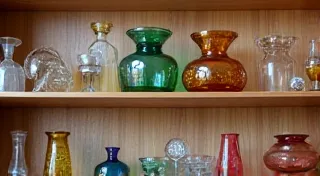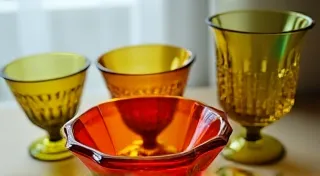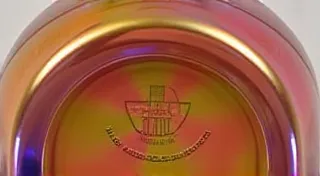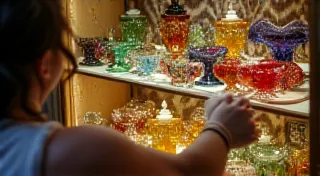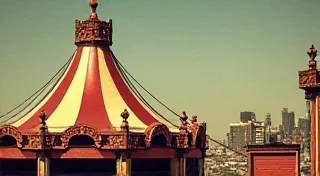Advanced Carnival Glass Identification: Beyond the Basics
For experienced collectors, delving deeper into the subtle nuances of identifying carnival glass is crucial for expanding your knowledge and refining your collection. While understanding the basics of iridescence, color, and common patterns is essential, true mastery comes from recognizing less common variations, manufacturing techniques, and the subtle tells that differentiate manufacturers. This article will explore some of those advanced identification points.
Understanding "Slumping" and its Significance
Many collectors are familiar with the term "slumping," referring to the slight distortion of a carnival glass piece's shape caused by the glass cooling unevenly during manufacturing. However, the type of slumping can be a significant clue. Aggressive slumping, where the piece almost appears to be melting, often points to earlier production dates and certain manufacturers known for this technique, such as Fenton (especially early periods) and Northwood. More subtle, graceful slumps are more characteristic of later production runs from various manufacturers. The Victorian era's influence on design elements can frequently be seen, even in slight variations of slumping, demonstrating how artistic sensibilities shaped production techniques—a fascinating connection explored further in articles examining the influence of the Victorian era on carnival glass design.
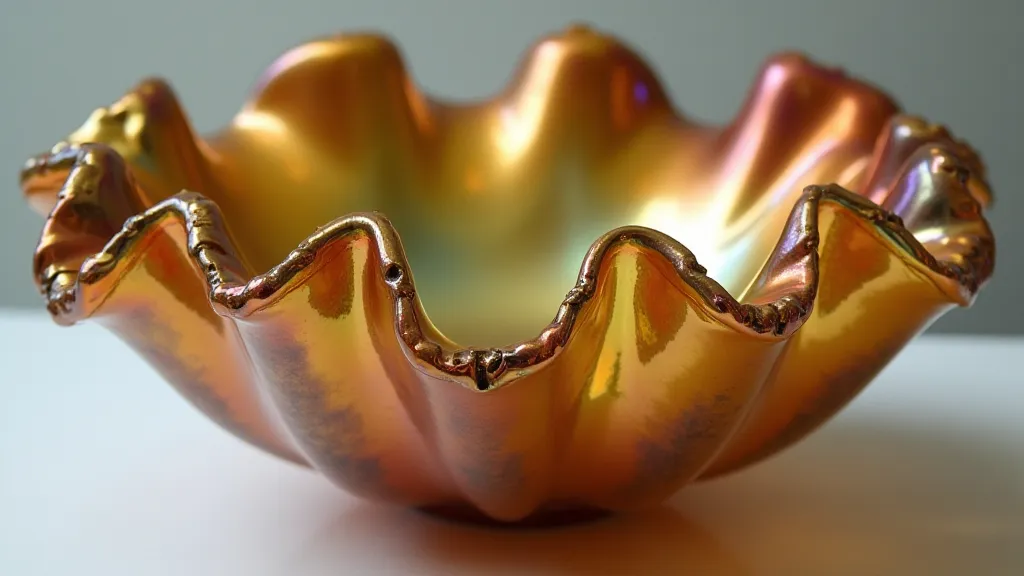
Beyond Iridescence: Recognizing Frosting and Surface Imperfections
While rainbow iridescence is the hallmark of carnival glass, learn to identify different types of surface imperfections. "Frosting" - a dull, almost matte finish – is common, but its degree varies. Heavy frosting can be an indicator of certain batches of glass or manufacturing processes. Also look for subtle "crazing" – a network of tiny cracks – which can suggest age or specific glass composition. Some manufacturers purposely created a slightly textured surface to enhance the iridescence. The presence and nature of these imperfections are crucial identifiers. Understanding the subtleties of coloration often leads to uncovering more than just common hues; it can sometimes unveil rare color variations that demand a deeper appreciation for experimental processes. A deeper dive into the appeal of some of these rare colors, like "Butter Yellow" can be found in related resources.
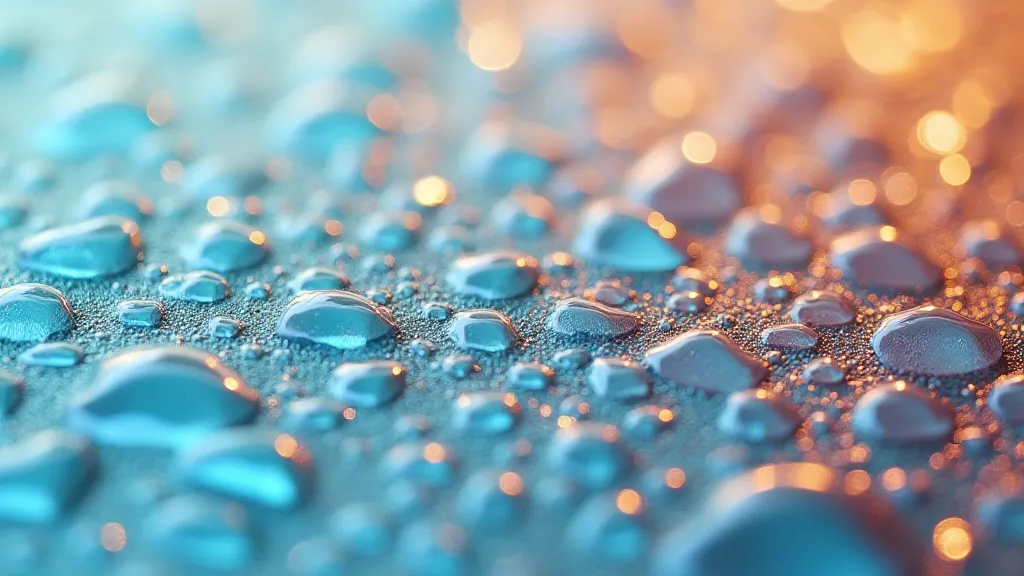
Deciphering Pontil Marks and Finish Details
The pontil mark – the small scar left where the piece was detached from the blowing rod – provides insight. Earlier pieces typically have larger, more pronounced pontil marks. Later production, particularly from Fenton, often features smaller, more refined pontil marks, sometimes almost invisible. Pay attention to the finish around the pontil; some manufacturers filed or polished this area more meticulously than others. The presence and appearance of seams (where the glass was joined during shaping) also offer clues about manufacturing techniques. The subtleties of color play a vital role in identification, as certain rare colors have become particularly sought after, highlighting the artistry and experimentation that occurred during production - a topic explored in greater detail when delving into unusual and rare carnival glass colors and patterns.
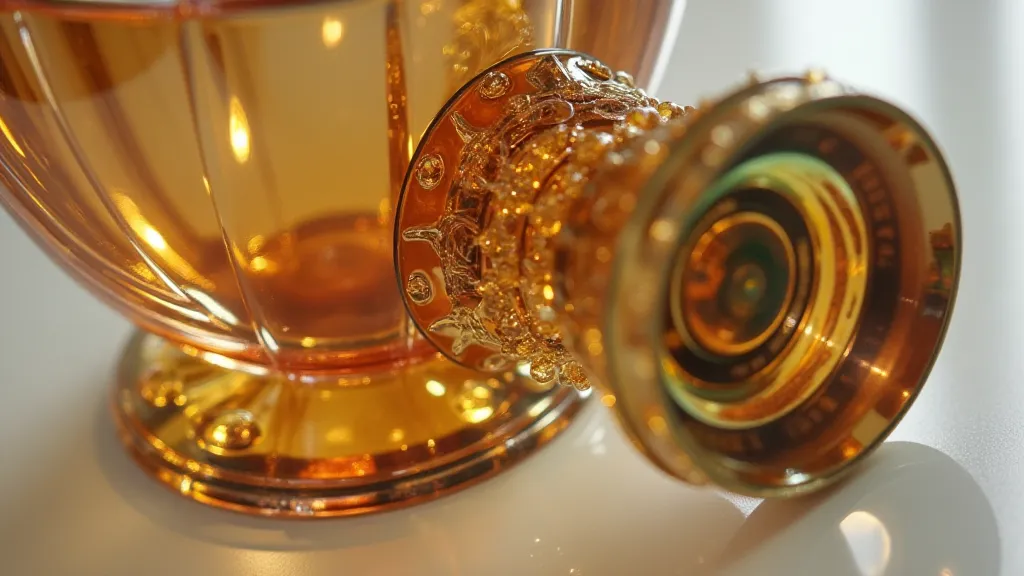
Manufacturer-Specific Variations: Fenton vs. Northwood vs. Imperial
Each major manufacturer developed unique quirks in their production. Fenton is known for its distinctive “Fenton bubble,” a small air bubble often found near the base of their pieces. Northwood pieces often have a characteristic “Northwood ripple” in the glass, a subtle wave-like pattern. Imperial Glass, while producing beautiful carnival glass, often used slightly heavier glass than Fenton or Northwood. Studying examples from known manufacturers and comparing them side-by-side is key. Remember that “blends” (pieces that seem to combine characteristics of multiple manufacturers) do exist, representing recycled glass or manufacturers attempting to imitate styles. Identifying Imperial pieces can be challenging, owing to some shared characteristics with other manufacturers; resources dedicated to identifying Imperial carnival glass characteristics and marks can prove invaluable. A more expansive look at the history and manufacturing details of Imperial Glass, often compared to Fenton, offers even more contextual understanding.
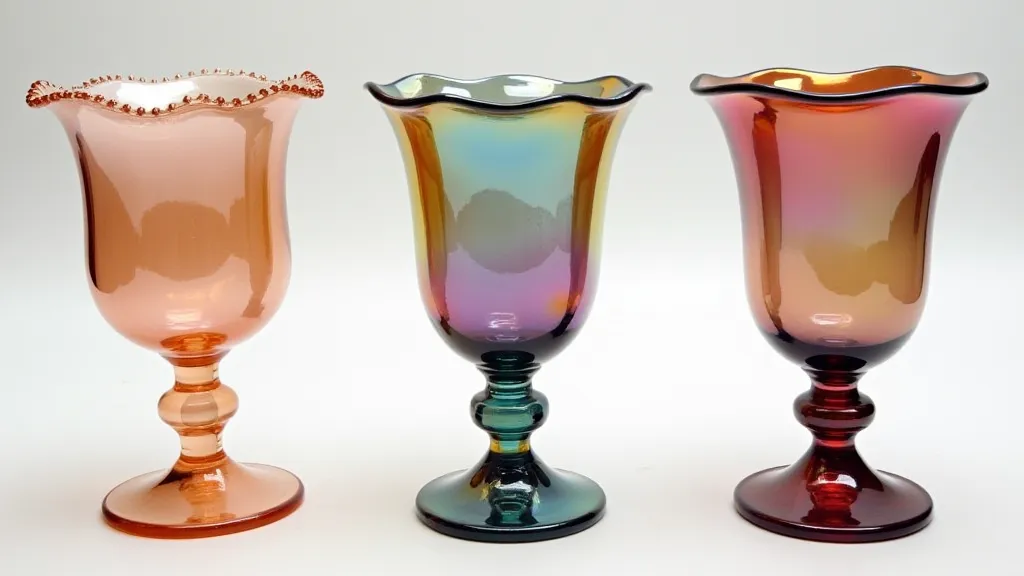
Identifying Rare and Experimental Colors
Beyond the common ruby stain, emerald green, and turquoise, carnival glass was produced in a surprising range of experimental colors. “Golden Amber,” “Peach Bloom,” and “Wisteria” are examples of less common hues. These colors are highly sought after by collectors and require careful identification, often involving comparison to known examples and analysis of the glass composition (though this is rarely practical for most collectors). Be cautious about misidentification; a faded ruby stain can sometimes be mistaken for a rare color. The allure of these less common colors often pushes collectors to expand their knowledge of glass manufacturing and coloration techniques. The pursuit of rare carnival glass often involves a detailed understanding of color variation, sometimes requiring a level of expertise that borders on scientific analysis. Examining the nuances of how glass chemistry impacts final product coloration is a fascinating journey.
The Role of Glass Composition and Batch Variations
It's important to understand that the chemistry of glass-making wasn't always precise. Variations in raw materials and manufacturing processes led to subtle differences in color and optical properties, even within the same manufacturer and production period. These inconsistencies can sometimes offer valuable clues. For instance, certain batches of glass might display unusual surface textures or exhibit a slightly different shade than expected. Furthermore, the presence of inclusions – tiny air bubbles or mineral deposits trapped within the glass – can also offer insights into the manufacturing process. Documenting these observations and comparing them to known examples is key to advancing your identification skills. The subtle variations in glass composition were a constant challenge, and sometimes a source of unexpected beauty, in the production of carnival glass.
Advanced Techniques: Analyzing Surface Texture and Thickness
Beyond visual inspection, advanced techniques can aid in identification. Using a magnifying glass or even a jeweler's loupe can reveal minute details in the surface texture, such as subtle ripples, swirls, or microscopic cracks. The thickness of the glass can also be a differentiating factor. Imperial glass, as mentioned, tends to be slightly heavier than Fenton or Northwood. While determining thickness precisely requires specialized equipment, a general sense of heft can be gained through careful comparison. These subtle differences, often overlooked by novice collectors, can provide crucial clues to identifying the manufacturer and production period. Even seemingly insignificant details like the way light refracts within the glass can reveal a surprising amount of information about its structure.
Provenance and Documentation: Building a Knowledge Base
While meticulous observation and technical analysis are crucial, provenance and documentation play an equally important role. Establishing a piece's history of ownership, even if only partially, can shed light on its authenticity and origin. Auction catalogs, dealer records, and historical photographs can provide valuable context. Creating a detailed inventory of your collection, including photographs, descriptions, and any known provenance information, is a worthwhile investment. Sharing your findings with other collectors and participating in online forums can also contribute to the collective knowledge base. Building a robust provenance record is akin to uncovering the story behind the glass itself, piecing together its journey through time.
The Importance of Research and Provenance
Advanced carnival glass identification isn't about memorizing rules; it's about cultivating observation skills and a deep understanding of the manufacturing process. Continual research, attending auctions, consulting with experienced collectors, and documenting your findings are vital. Provenance (the history of ownership) can also be incredibly valuable, although often difficult to trace back reliably. For those captivated by the artistry of "Butter Yellow" carnival glass, exploring its rarity and appeal offers a fascinating deep-dive into color variations.
Beyond the Basics: Expanding Your Expertise
Ultimately, mastering carnival glass identification is a journey of continuous learning and refinement. Stay curious, embrace new challenges, and share your knowledge with others. The world of carnival glass is vast and fascinating, and there's always something new to discover. The pursuit of expertise often involves becoming a detective, piecing together clues and unraveling the mysteries hidden within each piece of glass.
